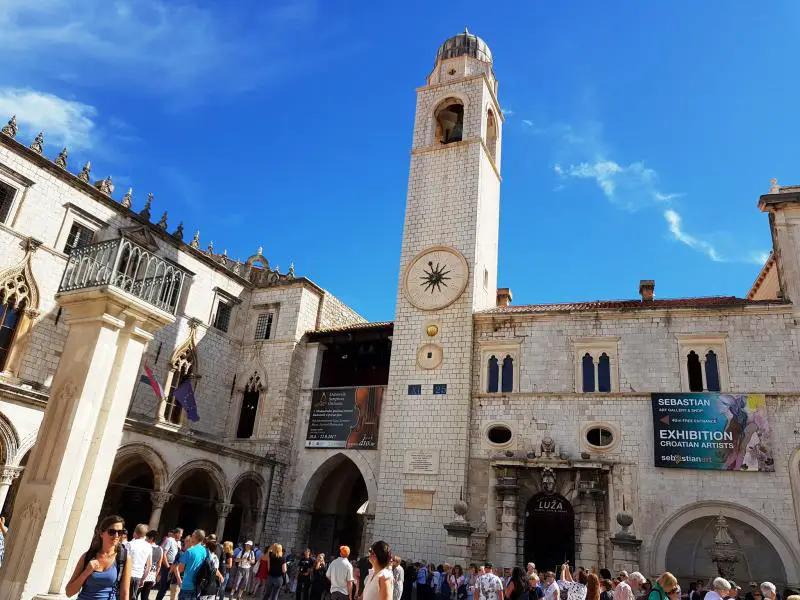Dubrovnik Cruise Port Guide Info
Along the Adriatic Sea in the historic country of Croatia rests Dubrovnik with its ancient streets paved in stones, Venetian-style buildings and bell towers. The city was recognized by UNESCO as “world heritage treasure” in 1979. The main cruise port in Dubrovnik is located in Gruz / Kanatfig area (presented on the map below) which is approximately 3 km from the popular and breathtaking Old Town. While most of the cruise ships dock in this area, some dock in front of the Town’s Old Port from where guests are tendered to the shore.
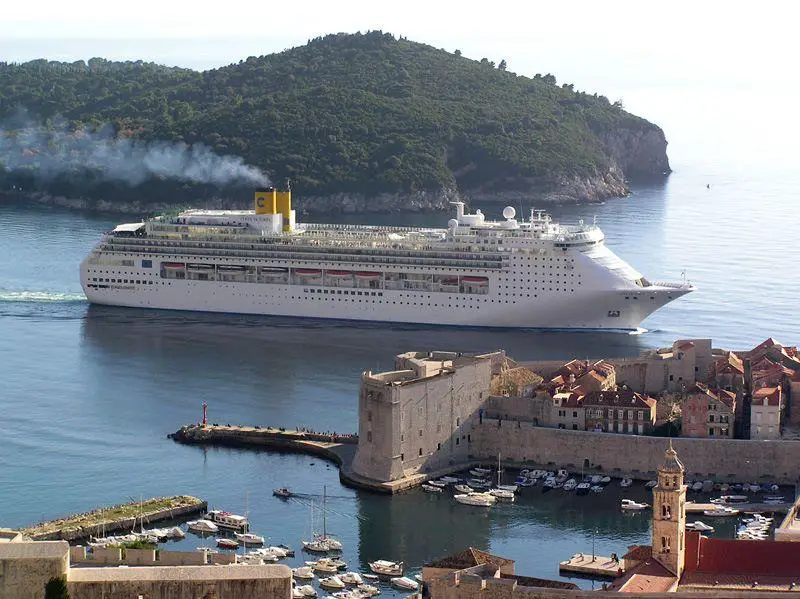
As you enter Dubrovnik you are welcomed by the pedestrian promenade, the Placa until you reach the Clock Tower and the Small Onofrio Fountain which is a popular meeting spot for the youth of Dubrovnik. Cruise guests can manage to see all the most important and historic spots in town even without a guide as most of them are centrally located and nearby walking distance from one to another. Some must-see are Pile Gate, the Franciscan Monastery, the Dominican Monastery, Sponza Palace, St. Blaise’s Church and the Rector’s Place.
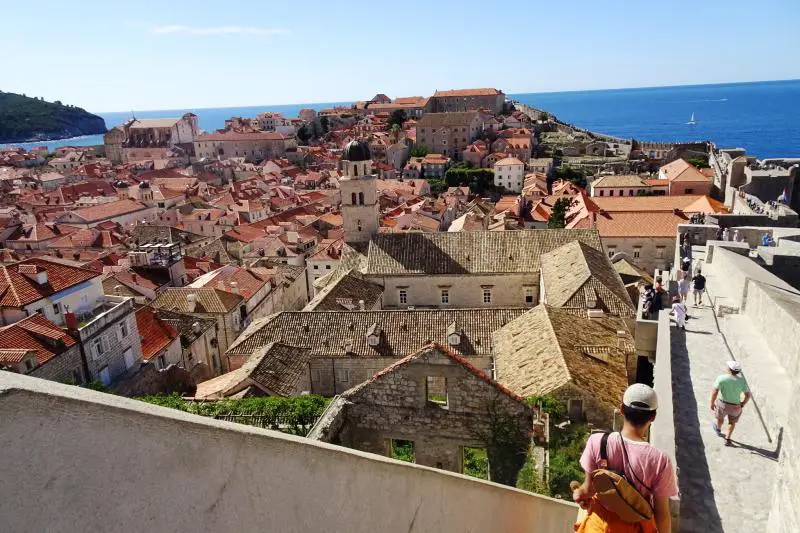
Pile Gate is the ancient entrance gate through the City Walls built between 13th and 17th century. The Franciscan Monastery dating from the 14th century still maintains the equipment and utensils of the third oldest functioning pharmacy in the world, as well as large amount of volumes and manuscripts from the 15th and 16th century. The Dominican Monastery is also built in the 14th century but was fully completed 200 years later and today keeps a limited and fine collection of Renaissance paintings.
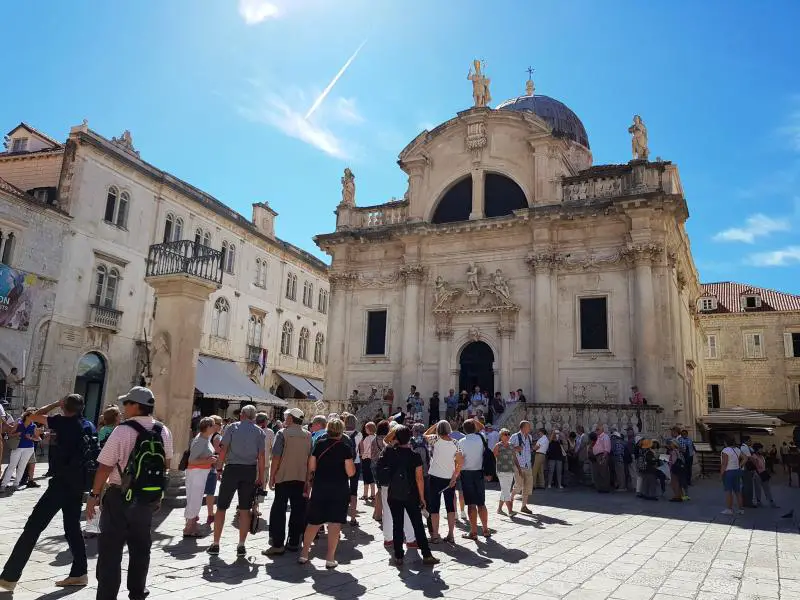
With its gothic architectural style, Sponza Palace is the 16th-century former customs house and mint that today is the home of the historical archives of the old republic. St. Blaise’s Church was consecrated to the Patron Saint of Dubrovnik, Blaise or Vlaho.
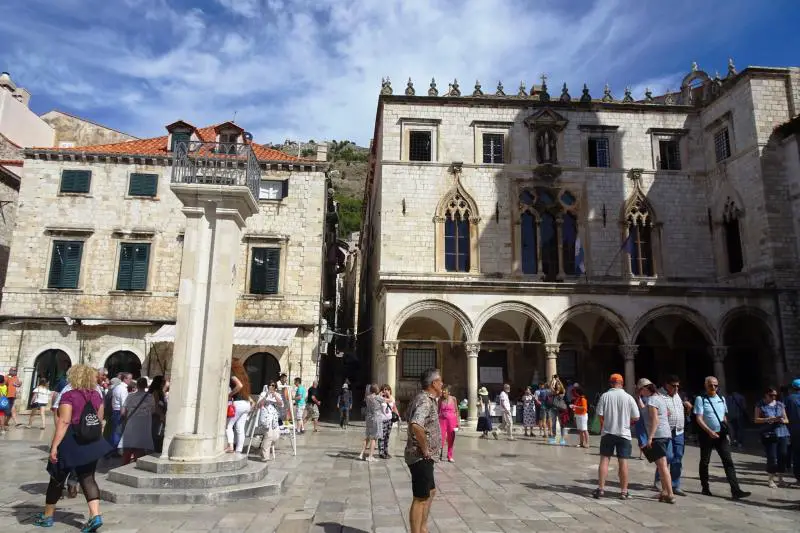
Build between 1706 and 1714 on the site of the 14th-century church. As you walk up to the church you will notice a glided silver statue of St. Vlaho holding a model of the city in his hand. Finally, the Rector’s Palace was the main seat of government during the independent republic in Dubrovnik with its structural combination between Gothic and Renaissance styles where you can see how the local ruling class lived.
